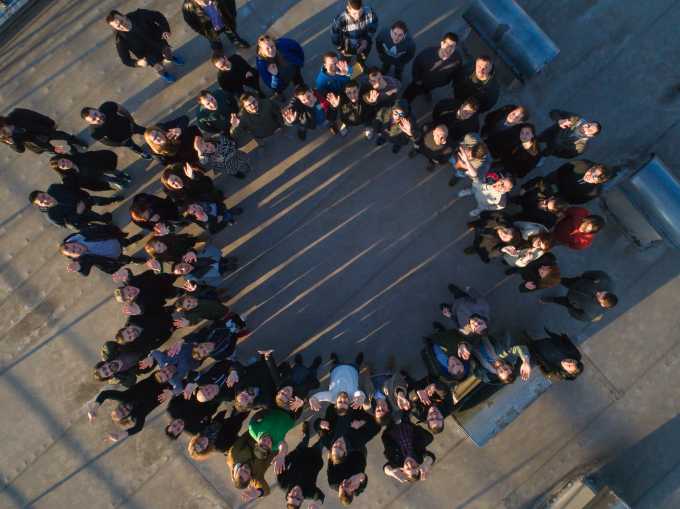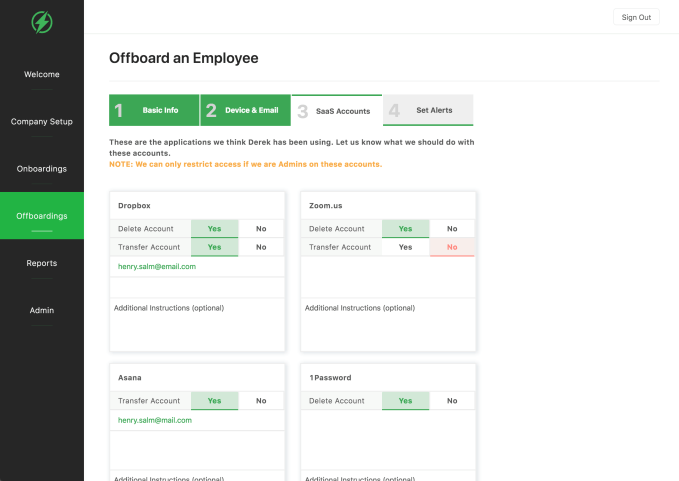While Netflix is raising prices, Hulu is lowering its own. In a move to better compete with streaming rivals – and pick up new customers who think Netflix just got too expensive – Hulu this morning announced it’s lowering the cost of its streaming service by $2.00 per month. Currently, the service is $7.99 monthly. After the price change goes into effect, it will only be $5.99.
Hulu’s changes come shortly after Netflix’s decision to raise the price for its most popular plan in the U.S. to $12.99 per month, up from $10.99. Its one-device plan is also now going up to $8.99 per month, and the four-device plan is $15.99.
Following Netflix’s announcement, various consumer surveys indicated that at least some Netflix customers may consider dropping the streaming service, as a result, or at least downgrade.
But how many people said they would actually ditch Netflix varied widely, depending on which survey you read. Streaming Observer, for example, said that 10 percent of customers were considering downgrading their plan and 65 percent would consider a discounted ad-supported plan, like Hulu. But Hub Entertainment Research said that 16 percent would downgrade, and only 9 percent said they’d leave Netflix.
In any event, if there are customers on the market now looking for a better deal on streaming, Hulu is ready to pick them up.
As another perk, Hulu in the past has seen higher engagement and retention from its $5.99 per month customers (who signed up for Hulu with a promotional discount). This also contributed to Hulu’s decision to make this its new price.
However, the company isn’t adjusting the price of its ad-free streaming service, which remains $11.99 per month, nor is it dropping the price of its Live TV service – in fact, that’s now going up.
To help make up for the fact that Hulu is using its core package as a loss leader, the price for Hulu with Live TV is increasing by $5, going from $39.99 to $44.99 per month. And the ad-free version of Hulu with Live TV is going up $7, from $43.99 to $50.99 per month.

Those new prices are dangerously close to – and in some cases, exactly the same as – the traditional cable TV package cord cutters are aiming to replace.
That could make it more difficult for Hulu to compete with other live TV packages – especially because some have the advantage of being bundled in with wireless service, like AT&T’s DirecTV Now or WatchTV. Meanwhile, others have found ways to keep prices down, like the sports-free bundle from Philo; the cheap $25/mo base package from Sling TV; or the $40/mo YouTube TV service with all your local channels (which also just became available nationwide).
Hulu’s higher pricing, however, indicates the company believes its service is worth the premium because it not only streams live programming from over 60 channels – it additionally includes Hulu’s large on-demand library of over 85,000 TV episodes, and its original content like The Handmaid’s Tale, Marvel’s Runaways, Future Man and Castle Rock.
However, Hulu is bringing down the price of some of its Live TV add-ons to make the package price increase more palatable.
Its Unlimited Screens and Enhanced Cloud DVR will each cost $5 less per month, going from $14.99 to $9.99/mo. And subscribers can buy a bundle with both for $14.98 per month.
Hulu says the new pricing will go into effect on February 26, 2019. Existing users are not being grandfathered in to current pricing, but will rather see the changes reflected on their billing cycle after the 26th.






